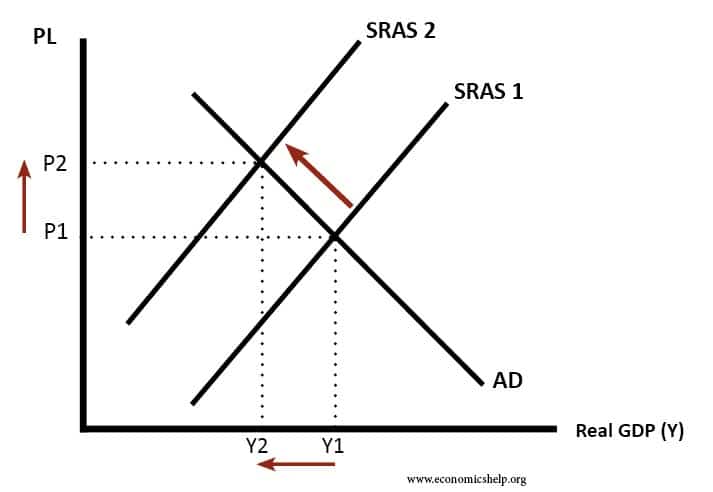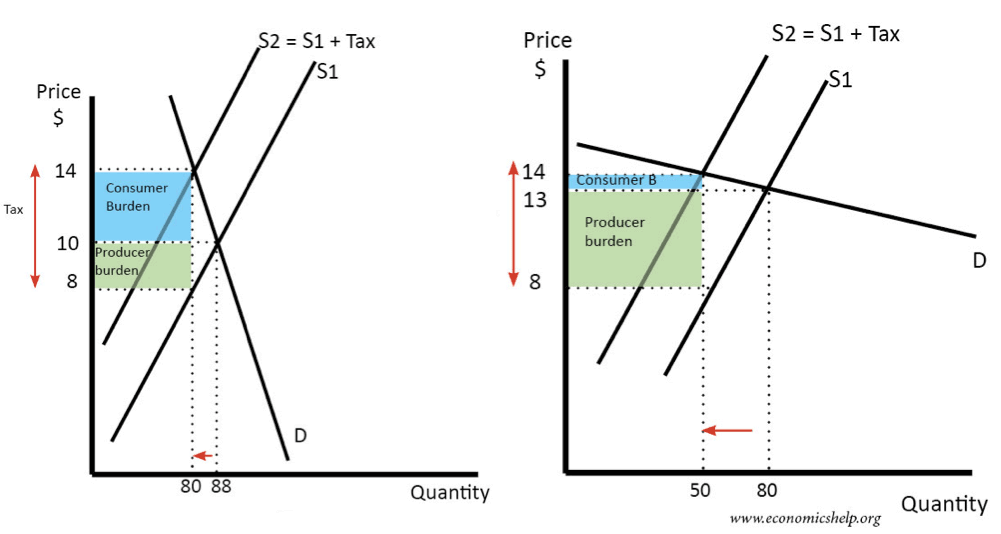Time Lags
In economics we often see a delay between an economic action and a consequence. This is known as a time lag. An impact of time lags is that the effect of policy may be more difficult to quantify because it takes a period of time to actually occur. Example of time lags Change in interest …


